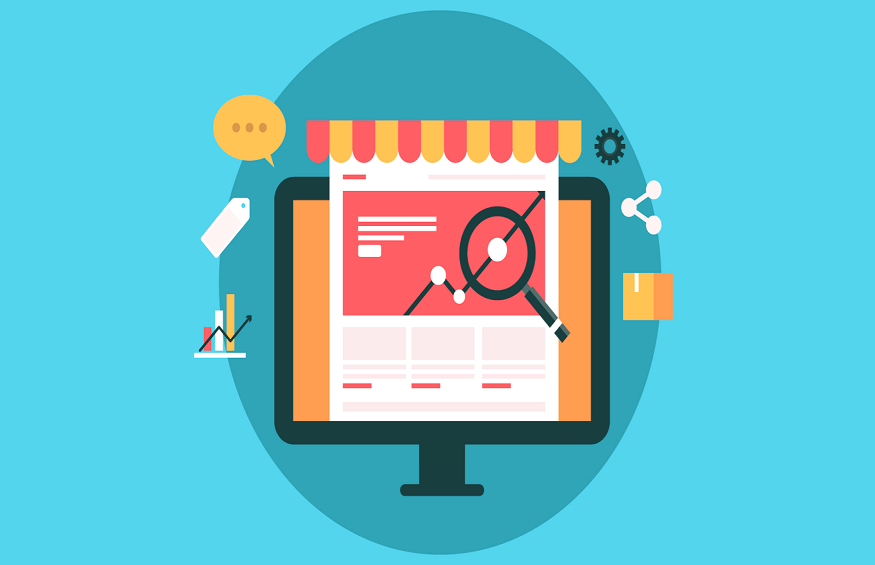What is an ecommerce site’s main function? Of course, it is to facilitate sales of a company’s products. This always means that the most important thing to get right about an ecommerce site is to make that process as inviting and as easy as possible. Accordingly, a user-friendly website, the attractive presentation of products, customer information about those products, SEO, and a seamless checkout and delivery service are the top priorities for an ecommerce site.
However, if you have ever been on an ecommerce site, you might have noticed that it’s not always 100% about the products. For example, Plurawl are a clothing ecommerce site focusing on T-shirts with witty slogans and prints aimed at the American Hispanic community.
But if you visit Plurawl’s website, you will notice that they also host inspirational podcasts on there too. Sometimes, therefore, people might be visiting Plurawl’s site with no intention of buying any product at all.
But is that always the case? Yes, if you host an additional attraction on your website, it is conceivable that some visitors might only be interested in that and not your products. But that’s not really how it works. For one thing, even if visitors are only there for your additional content, that’s still a good thing and still monetizable.
Secondly, a visitor who is there for some other reason can turn into a customer in time. This is especially true if the additional content on the ecommerce site is closely related to the products or services sold. To return to the example of Plurawl,it is obvious that those coming for a Latino podcast would also be interested in Latino clothing. Thus, the listener can become a customer in time.
The Power of Websites
To understand this dynamic, it is wise to consider for a moment just how much the internet changed ecommerce as well as the key difference between traditional retail and ecommerce. A website is place where media is hosted – that’s all. The products aren’t actually present there, only pictures and descriptions of them. This means that the additional features on a website compared to a traditional store must be of a completely different kind.
And that kind is other forms of media – engaging, attractive and shareable. Further more, turning to the last of these, shareable website content means that these additional features double up as additional marketing. That’s why nearly every ecommerce venture wants to get in on this act.
Examples
So, here follows some examples of what that additional content can actually be:
Blogs
Blogs are by far the most common additional content on ecommerce sites. There are more ecommerce sites with a blog than without. The best of these blogs are the ones that strike a good balance between product-related content and content that is interesting in its own right. Or, put another way, this is the balance between customer entertainment and customer education.
Podcasts
Discussed in detail above, podcasts definitely deserve a place on this list. As mentioned, a good podcast doubles up as shareable promotion. The topics should be aimed at the same people who buy the products.
FAQ, Help, Tutorials
These can be as simple as an extra text page (good for SEO) or videos that answer user’s questions (good for shareable content). Naturally, these should be pretty closely related to the products and how to use them, but it allows promotion of additional products the visitor may not have known about at first.
Additional content on ecommerce sites is by now so commonplacethat failing to engage in it is an active way to fall behind the competition.



